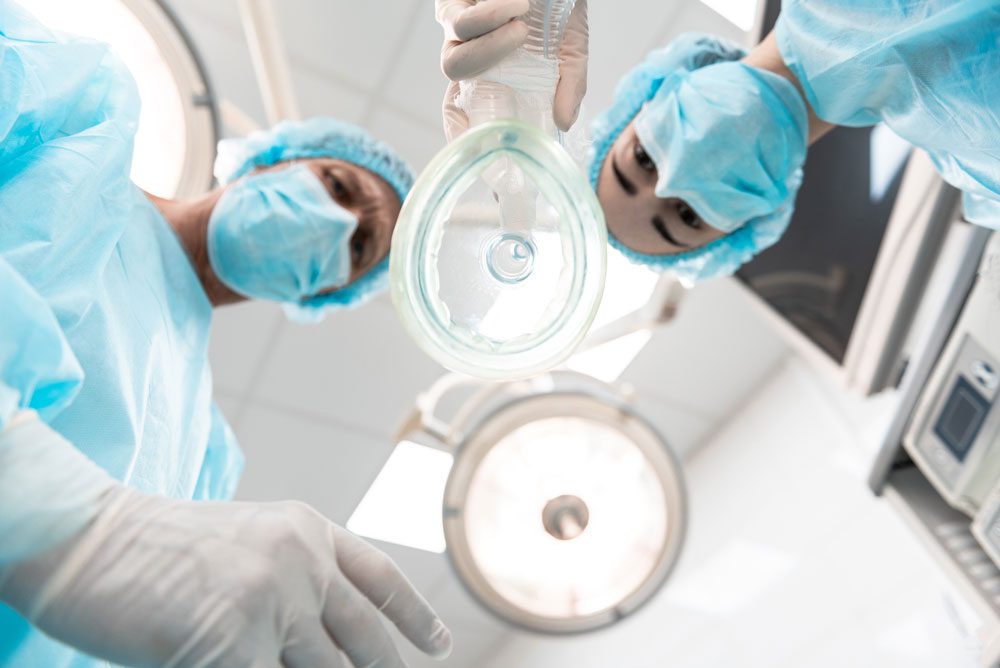Whenever possible, dental treatment is administered to children without the use of general anaesthesia. In certain instances, however, it is preferable, or necessary, to perform treatments using general anaesthetic.
Put simply, general anaesthetic puts the child to sleep so that the Paediatric Dentist can safely perform the necessary procedure to the best of their ability and with the minimal stress and discomfort to the child.
The reasons it might be required falls into two categories: physical requirements of the treatment, and the emotional wellbeing of the child.
In the former, it may be deemed necessary to use general anaesthetic during complex or lengthy surgeries or procedures.
In the latter instance, anaesthesia may be required when a child is too young to follow directions, when a child has special needs, or when they suffer anxiety or behavioural challenges. In these situations, regular treatment in the dentist’s chair would not be possible and could pose a threat to their safety, as well as that of the treating dental professional.
Anaesthetists are among the most skilled and extensively trained medical professionals and perform their duties under highly controlled conditions in a hospital setting. When administering anaesthesia to a child undergoing a dental procedure, the anaesthetist will work closely with the Paediatric Dentist performing the surgery or treatment.
When a procedure is scheduled to take place under general anaesthetic, the child’s parent or primary carer will accompany them to the hospital, where they will meet a nurse and the anaesthetist to discuss what will happen. Usually, the general anaesthetic will be in the form of gases delivered via a mask. The Paediatric Dentist will then perform the surgery or treatment.
Following the procedure, the child will be taken to a recovery room, where the parent or carer will join them, along with a nurse who will monitor their recovery. Children are often a little upset and disoriented upon waking, but when this passes they will be discharged from the hospital.
A little while after the procedure in the hospital, the child will return to the dental practice for a post-operative checkup with the Paediatric Dentist.

